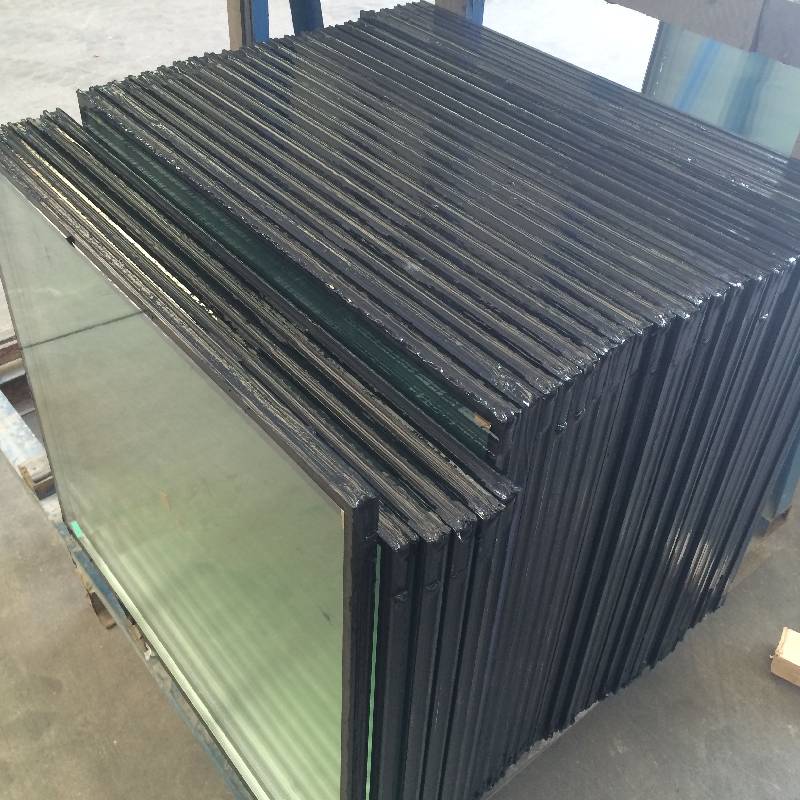

The Allure and Applications of Tinted Glass
Tinted glass is a fascinating building material that not only serves functional purposes but also enhances the aesthetic appeal of structures. By introducing a colored hue to the glass, it transforms ordinary transparent surfaces into artworks of elegance, while also offering a plethora of advantages that cater to modern architectural needs.
The Allure and Applications of Tinted Glass
In addition to energy efficiency, tinted glass offers significant advantages in privacy. In both residential and commercial settings, the desire for privacy without sacrificing natural light has made tinted glass an appealing option. When installed in windows, it allows individuals to enjoy their surroundings while maintaining a barrier from outside views. For example, homes in urban areas with high foot traffic can benefit greatly from tinted windows, providing homeowners with peace of mind. Furthermore, tinted glass can be an aesthetic choice for offices, allowing employees to work with reduced distractions while still feeling connected to the outside world.

The aesthetic appeal of tinted glass cannot be overlooked. It allows architects and interior designers to convey a particular mood or style through the careful selection of colors and shades. From classic dark tints that impart a sleek, modern look to soft, pastel hues that can create a sense of tranquility, the variances in tinted glass provide designers with a versatile tool for enhancing visual stories. Commercial buildings often utilize tinted glass for branding purposes, incorporating specific colors that resonate with the company’s identity. This not only adds to the building's uniqueness but also helps in branding and marketing efforts.
Moreover, tinted glass also offers UV protection, safeguarding interiors from the damaging effects of ultraviolet rays. Prolonged exposure to direct sunlight can lead to fading of furniture, artworks, and flooring; however, tinted glass can block out a significant portion of harmful UV radiation, preserving the aesthetics and longevity of interior furnishings. This is particularly advantageous in museums, galleries, and homes where valuable antiques and art pieces are displayed.
Engineered for durability and strength, tinted glass is also a preferred choice in the realm of safety and security. Laminated tinted glass is utilized in high-risk areas, providing not only the benefits of reduced visibility from the outside but also enhanced strength against impacts. This combination of safety and aesthetics makes tinted glass an ideal choice for storefronts, office buildings, and residential properties alike.
In conclusion, tinted glass is more than just a practical building material; it is an integral component that contributes to energy efficiency, privacy, aesthetic appeal, UV protection, and safety. Its versatility makes it a go-to choice for architects, builders, and designers striving to create environments that are not only functional but also visually stimulating. As technology advances, the range of colors and treatments available for tinted glass is expanding, allowing for even greater creativity in the design and construction of buildings. With its myriad of benefits, tinted glass is set to remain a staple in modern architecture for years to come.